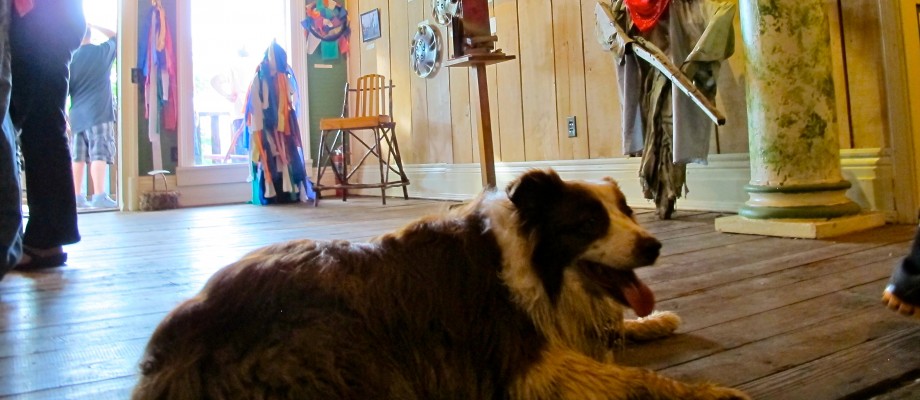Ever Hear of Shou Sugi Ban? by Don Clare
This update will hopefully answer several frequently asked questions and criticisms concerning the current activities around the Rabbit Hash General Store over the past seven weeks. “Why are you saving all that old burnt wood?” “Why don’t you just push it all over and start from scratch?” You’re just wasting your time saving all that burnt stuff.” Plus many, many more like that. In today’s world of immediate gratification and throw-a-way life activities and products, this seems to be an appropriate response from someone stumbling upon the ‘ruins’ of the General Store. First thought is that it appears to be a total loss with nothing of salvageable value or merit.
Don’t think these feelings have never been felt before about an old historic building or house or some other significant structure at a ‘low’ or ‘pitiful’ time in its life. It happens all the time! It happened to Monticello in 1836 when Uriah Levy decided to purchase the structure that was in total ruins. It happened to Mount Vernon in 1858 when Ann Pamela Cunningham and the Ladies of Mount Vernon helped to save George Washington’s home. It happened to The White House after the British torched it in 1814 during James Madison’s presidency and burned it down to a mere shell, leaving it uninhabitable for a full three years. It happened to the Odd Fellows’ Hall in Covington in May, 2002 when it was reduced to its front façade, back wall and a three story column of smoke and charred debris by a devastating fire that was also caused by an electrical short, only to be restored by its determined owners and friends. It happens all the time all over this country, every day! Now it has happened in Rabbit Hash, to our iconic national treasure and pride and joy. But just like the other aforementioned structures, there are champions for this cause who will see to it that the store will again rise to its former glory and just carry on as usual “after the fire.” And even better, the store will remain on the Department of Interior’s National Register of Historic Places when she begins this new chapter in life.
The Rabbit Hash Historical Society and the people of Rabbit Hash and its surrounds have stepped forward in this case to be the ‘champions’ who will see this restoration through. So many concerned local, regional, state-wide and national and international individuals and groups have joined hands in this effort that it is impossible to name and thank them all in this short article! But you know who you are! And we thank you all from the very essence of our being! This includes individuals who have donated their labor, time, money, kind words and encouragement. It includes businesses that have donated goods and services, direction and advice, and financial support. It involves local, regional, state and federal agencies and regulatory bodies who are assisting in the one common goal of complete restoration of our beloved General Store.
Now, have you ever heard of Shou Sugi Ban, as the title of this piece asks? Or Yakisuki? Well, probably not. But they refer to an ancient Japanese custom of building with charred and burnt Japanese cedar and other species of wood. Usually found on the exterior of buildings, Shou Sugi Ban is now also very popular in interior construction and furniture construction all over the globe. What it is basically is construction methods and techniques using charred and even deeper thickness burned wood, which has proven to be a rot resistant, weather resistant, pest resistant, UV ray and fire retardant, non-toxic way of preserving wood. It has proven to be effective against raw wood ailments for up to eighty plus years without any maintenance other than initial and periodic oiling and sealing.
So, here is our answer and explanation to these various questions and criticisms. We have meticulously dismantled, de-nailed, cleaned and stored under roof all the salvageable pieces and parts of the original building and plan on using these materials in the restoration of the General Store, following all the preservation guidelines and regulatory requirements inherent to this type of restoration. The use of charred and burnt pieces in this project is really not a detriment to the final product, but a proactive defense against the ravages of time and nature!
Please stay tuned for further updates and notices.


